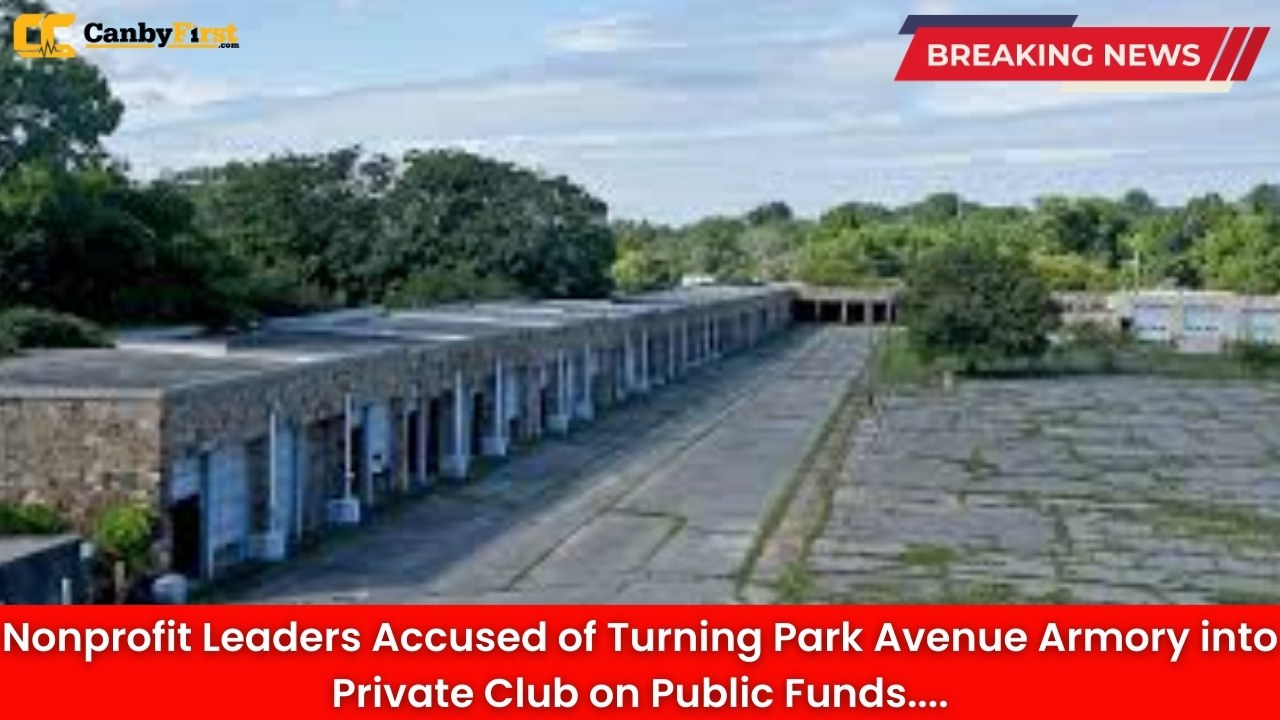The historic Park Avenue Armory, long celebrated as a cultural landmark in Manhattan, is now at the center of a heated controversy. Community leaders and local residents allege that nonprofit executives managing the venue have transformed the taxpayer-supported site into an exclusive playground for the wealthy, straying from its original mission to serve the public.
Allegations of Exclusive Access
Critics charge that the Armory, originally intended as a community and cultural venue, has been used by nonprofit executives and donors as a private club. Lavish events, exclusive receptions, and donor-only gatherings are raising eyebrows among New Yorkers who argue that public dollars are helping foot the bill for elite privileges.
Local activists contend that the Armory’s leadership has prioritized upscale galas and high-society soirées over accessible cultural programming. “This is supposed to be for the community. Instead, it looks more like a members-only lounge for the city’s wealthiest,” said one longtime neighborhood resident.
Also Read
Preservation vs. Privatization
The Park Avenue Armory is a landmark not just for its size but for its 19th-century architecture and long history of serving military, civic, and cultural needs. When the nonprofit took charge of restoring and managing the site, the arrangement was billed as both a preservation effort and a way to bring world-class programming to the public.
But now, critics argue, the arrangement has gone too far. The steep price tags attached to many events have placed access out of reach for ordinary New Yorkers, effectively sidelining the very community that was supposed to benefit. Taxpayer contributions, which helped stabilize and preserve the historic structure, appear in the eyes of many to be subsidizing a private lifestyle for a select few.
A Divide in Public Perception
While some patrons and donors praise the Armory’s programming as a cultural gem that hosts avant-garde performances and world-renowned artists, the community backlash is growing. Locals claim they are increasingly excluded from both decision-making and events. Many worry that the space risks losing its public character altogether.
“This is less about the art and more about who gets to enjoy it,” said a community advocate. “The neighborhood feels locked out, even though public money went into saving this landmark.”
Nonprofit Leaders Push Back
In response to mounting criticism, nonprofit officials have defended their leadership, highlighting the millions invested into restoring and maintaining the Armory. They argue that such preservation efforts come at a high cost, and donor-driven events help raise necessary funds.
Leaders insist that the Armory still offers public programming, student outreach initiatives, and cultural experiences that keep the property alive as more than a relic. High-end galas, they argue, are necessary to secure funding for ongoing operations without further draining taxpayer resources.
Taxpayer Frustration
The financial arrangement remains a sore point for many taxpayers. Questions over transparency, accountability, and access have now surfaced, with demands for closer oversight of how the nonprofit uses the landmark. Some local officials are even calling for an audit to determine whether the Armory is fulfilling its obligations to the public.
As the debate continues, one thing is clear: the Park Avenue Armory has become more than just a performance space. It has become a symbol of the city’s larger struggle between cultural preservation, equitable access, and the influence of private wealth.
What Comes Next
With mounting community opposition and calls for scrutiny, the fate of the Armory’s current management model is uncertain. Local leaders want guarantees that public contributions will translate into public benefit, not just exclusive evenings for Manhattan’s elite.
As New York wrestles with its identity as both a hub for global culture and a city of diverse communities, the future of this historic landmark may rest on whether it can reclaim its role as a cultural space for all — not just the privileged few.












